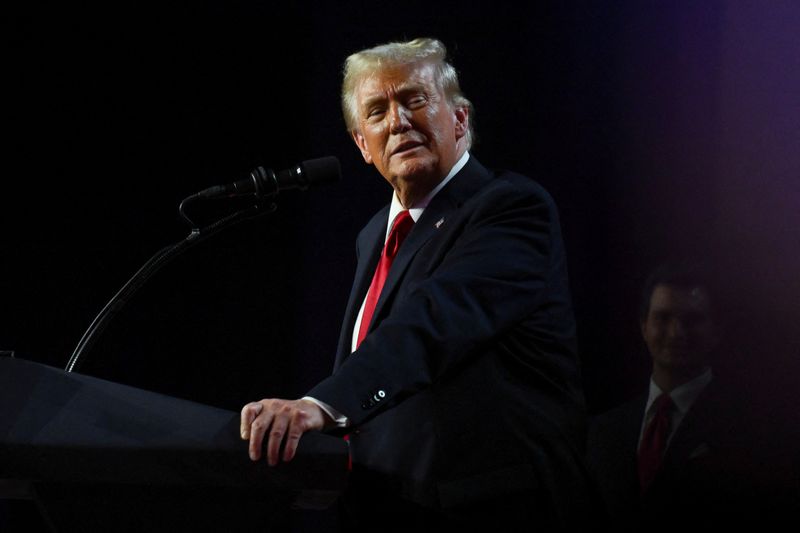Investing.com -- The 2024 election marked another pivotal moment in U.S. politics, drawing stark parallels and notable distinctions from the 2016 Republican sweep.
Analysts at Raymond James (NS:RYMD) flag both the consistency and shifts in Republican strategies, Congressional dynamics, and policy agendas between the two election cycles.
In both elections, the Republican Party achieved what is widely considered a "sweep" by securing both the White House and majorities in Congress.
However, in 2024, the Senate majority is slightly larger, with Republicans holding a 53-47 split compared to the 52-48 split in 2017.
This shift may afford Republicans a bit more leverage in pushing through legislation and confirming appointments, though the Senate process remains complex.
House dynamics have changed more substantially; the Republican majority is expected to be much narrower in 2025, holding only a single-digit lead, a major drop from the 23-seat majority they held in 2017.
This slimmer margin could limit Republicans' legislative momentum, making the prospect of reversing key Democratic policies, such as the Inflation Reduction Act, less straightforward.
A major difference in 2024 lies in the level of support President-elect Trump will find within Congress.
In contrast to 2016, Trump’s second presidential term begins with a Congress containing more staunch allies, particularly among House Republicans.
This enhanced support may help Trump maintain party unity on critical votes despite the narrow margin. Some returning Republicans, however, are figures who previously voted to impeach Trump, indicating potential intra-party friction despite the overall loyalty.
The policy agenda of the Republican-led Congress shares similarities with 2017 but with nuanced shifts. Tax cuts remain a focal point, as they were during Trump’s first term.
However, in 2025, Republicans are considering using IRA repeal as a potential source to fund these cuts, a complex move given that many Republicans represent districts with projects funded by the IRA.
To avoid alienating these members, discussions include potential compromises on tax-related items like state and local tax deductions, addressing a point of contention that previously led some Republicans to vote against the 2017 tax bill.
On appointments, Trump’s team has floated names for high-level positions reminiscent of his first administration’s choices but with a fresh slate.
Early appointments to key roles such as Treasury Secretary and Border and Energy "czars" suggest a continued emphasis on immigration and energy policies, critical pillars of his prior administration.
However, Senate confirmation remains a hurdle. Trump has explored recess appointments as a workaround to the lengthy Senate process, though a 2014 Supreme Court decision limits this option to only certain recess periods, meaning appointments may face prolonged delays in the absence of Senate cooperation.
In essence, while the broad Republican goals of 2016—tax reform, conservative judicial appointments, and deregulation—persist in 2024, tighter Congressional margins and the specific procedural challenges of a divided legislative process reflect a new chapter.
Trump’s second term is expected to echo his first in vision but encounter a different landscape in execution, balancing between ambitions for sweeping policy changes and the practical limitations posed by narrower majorities and an emboldened opposition.
